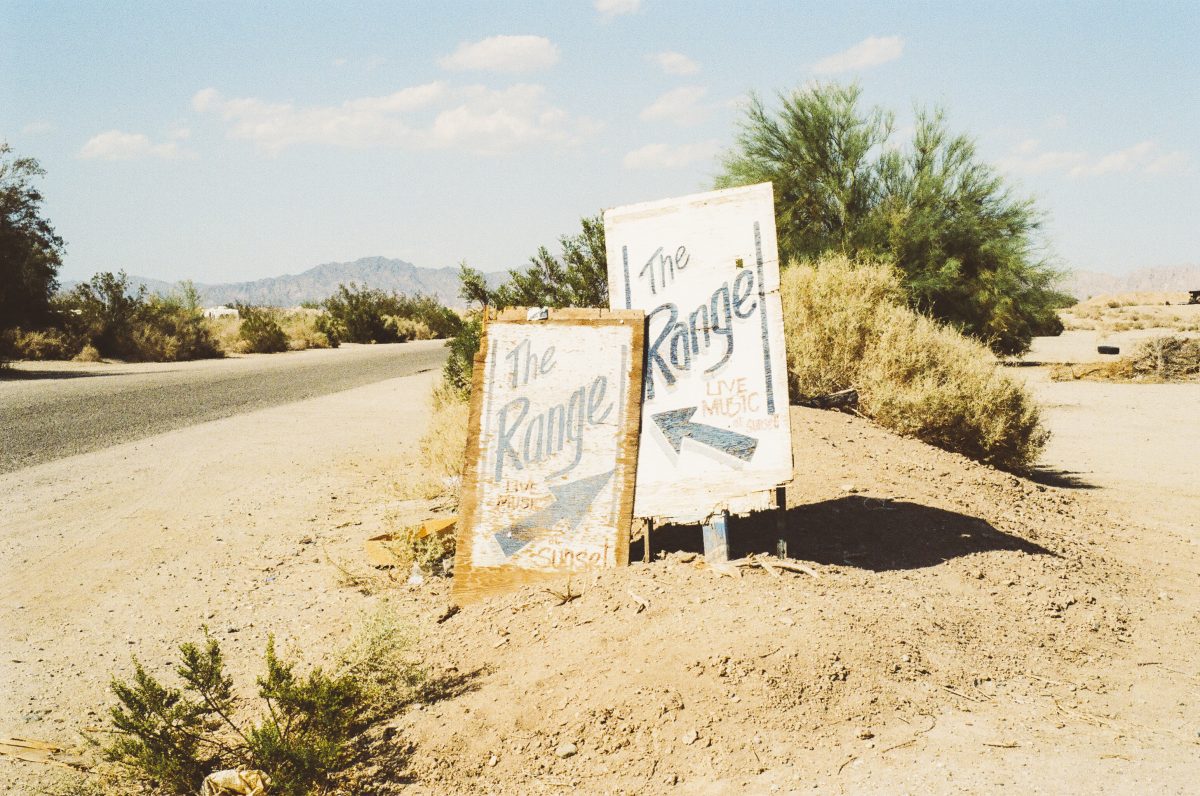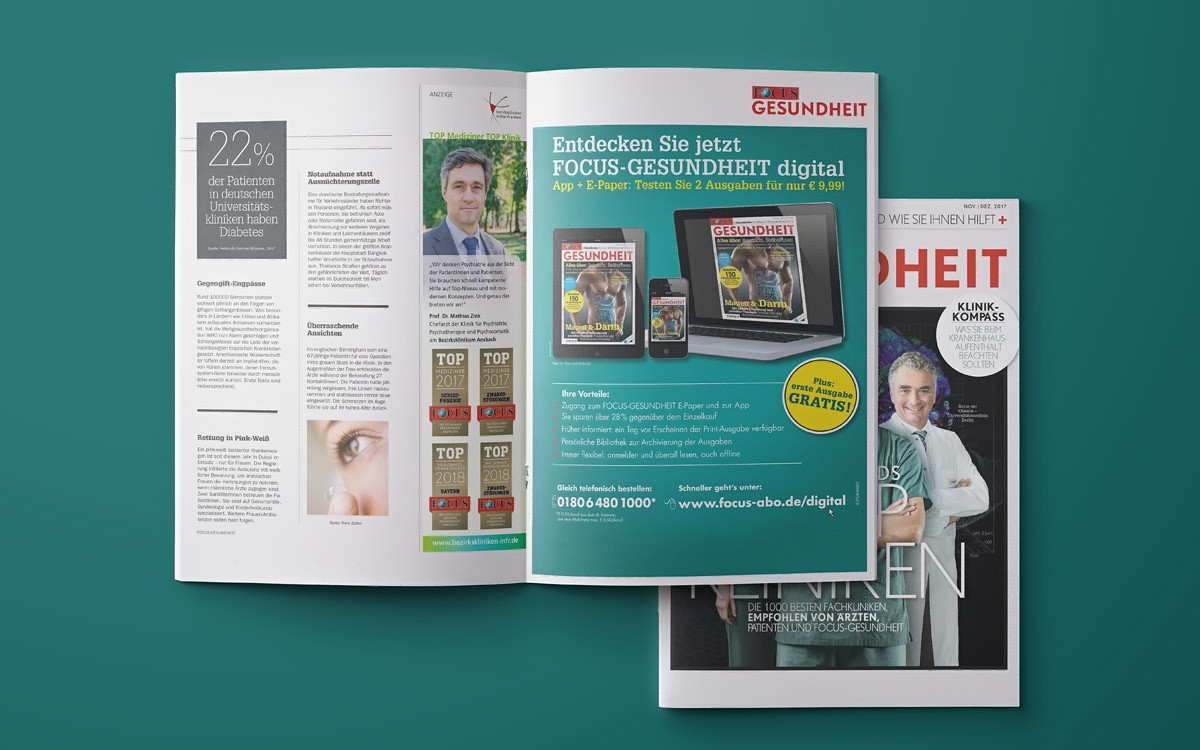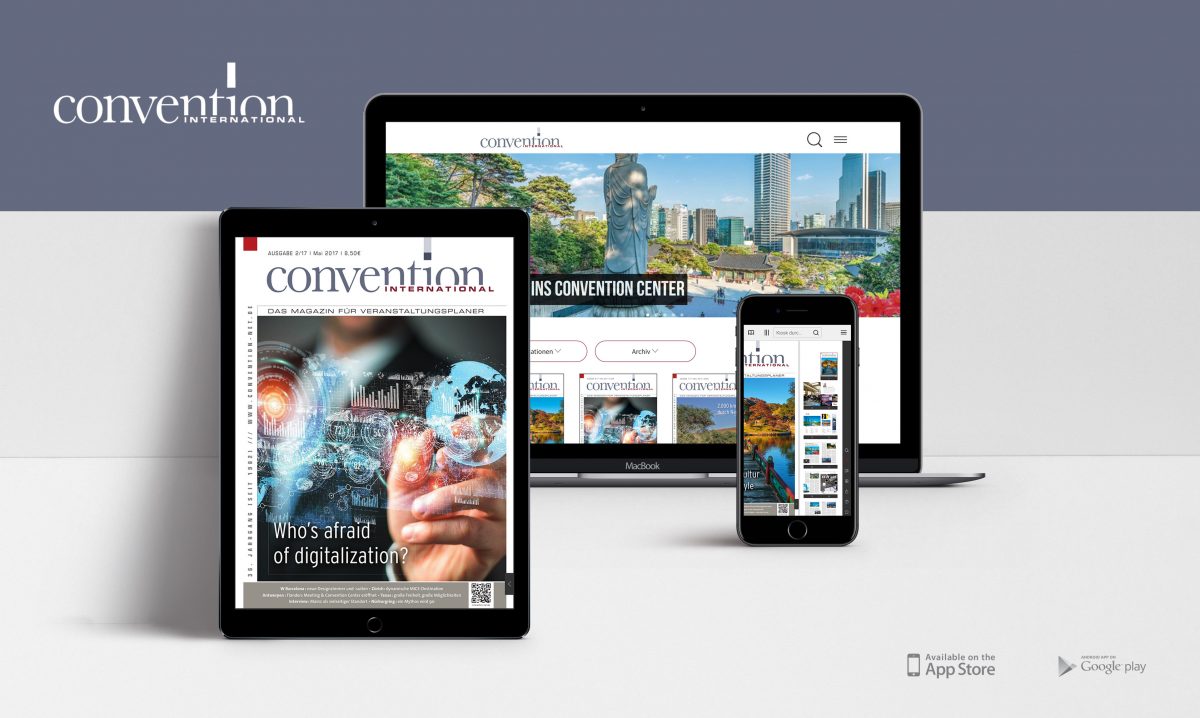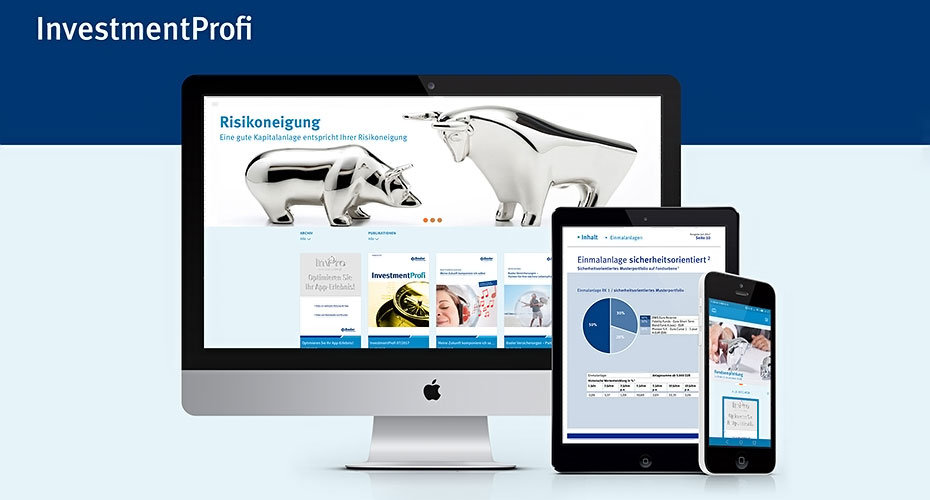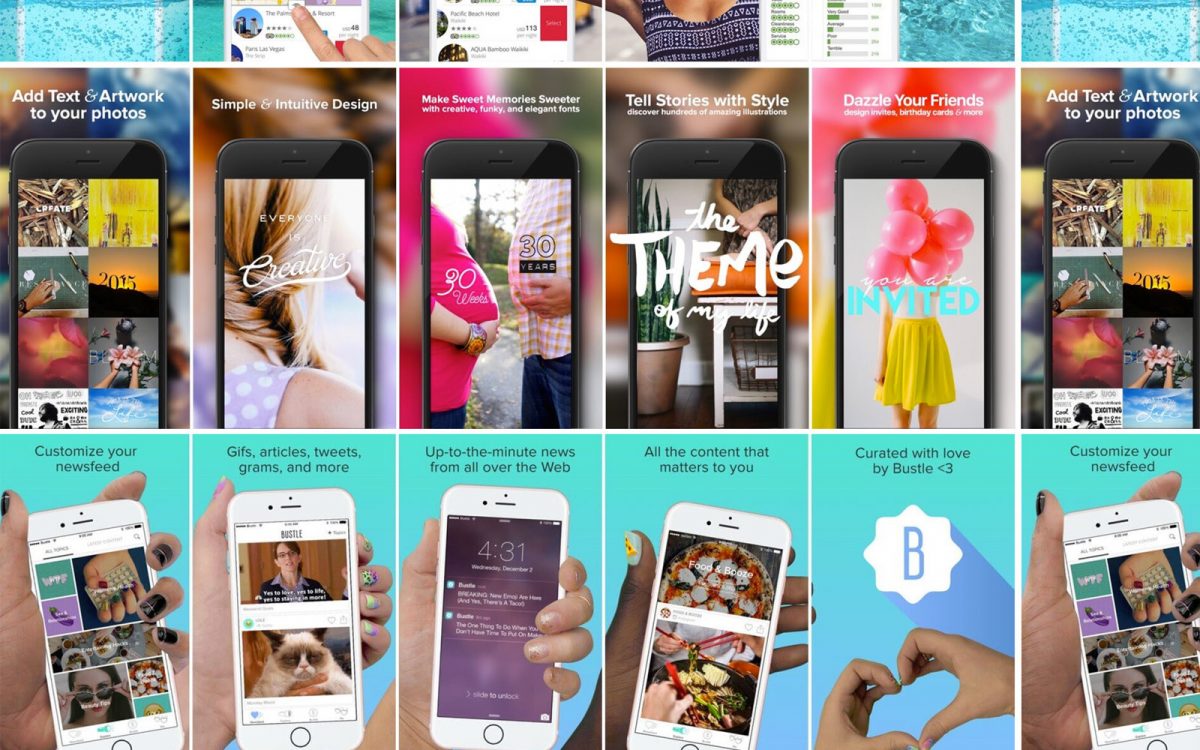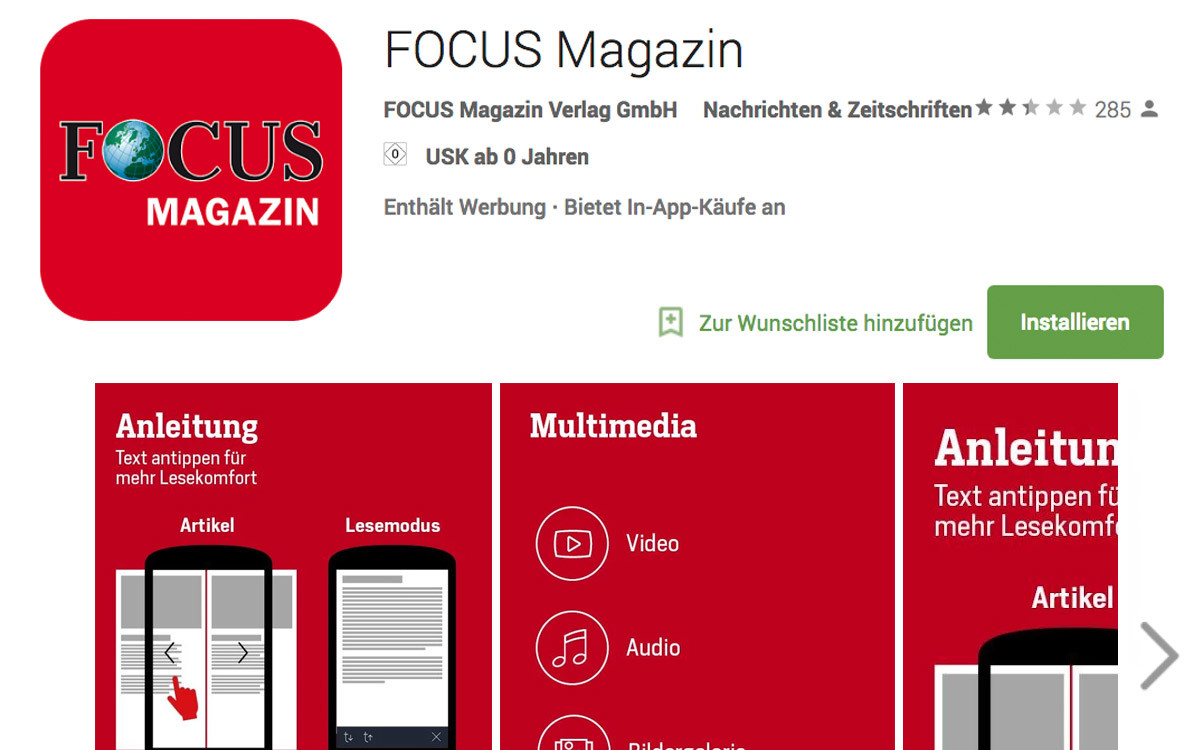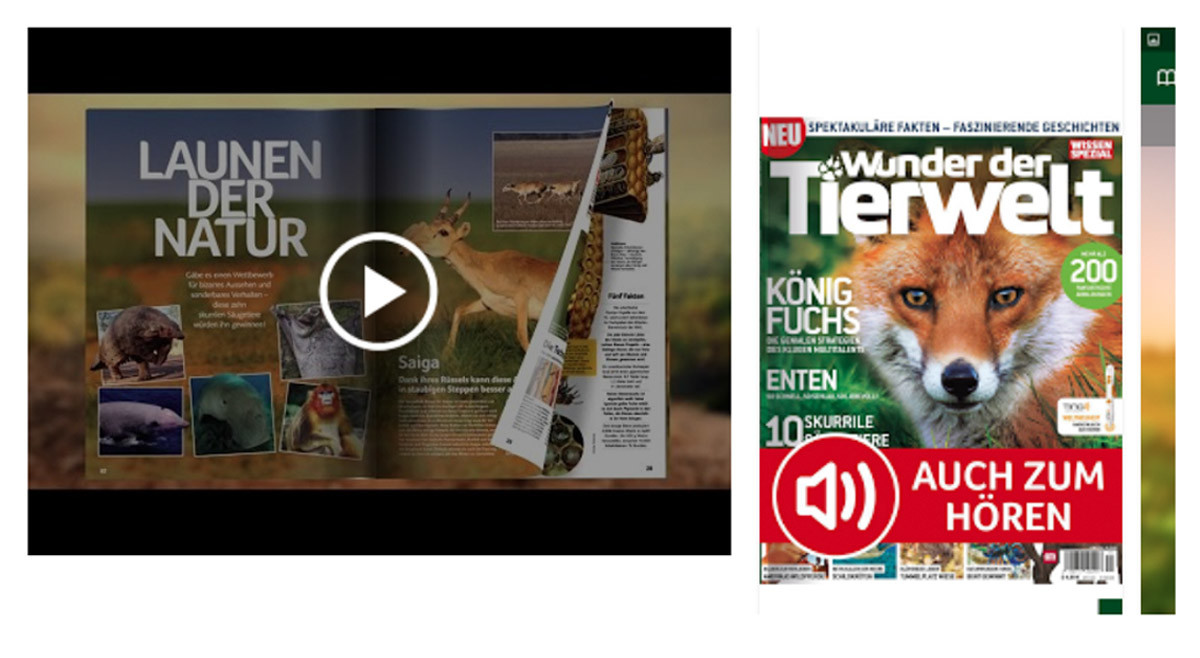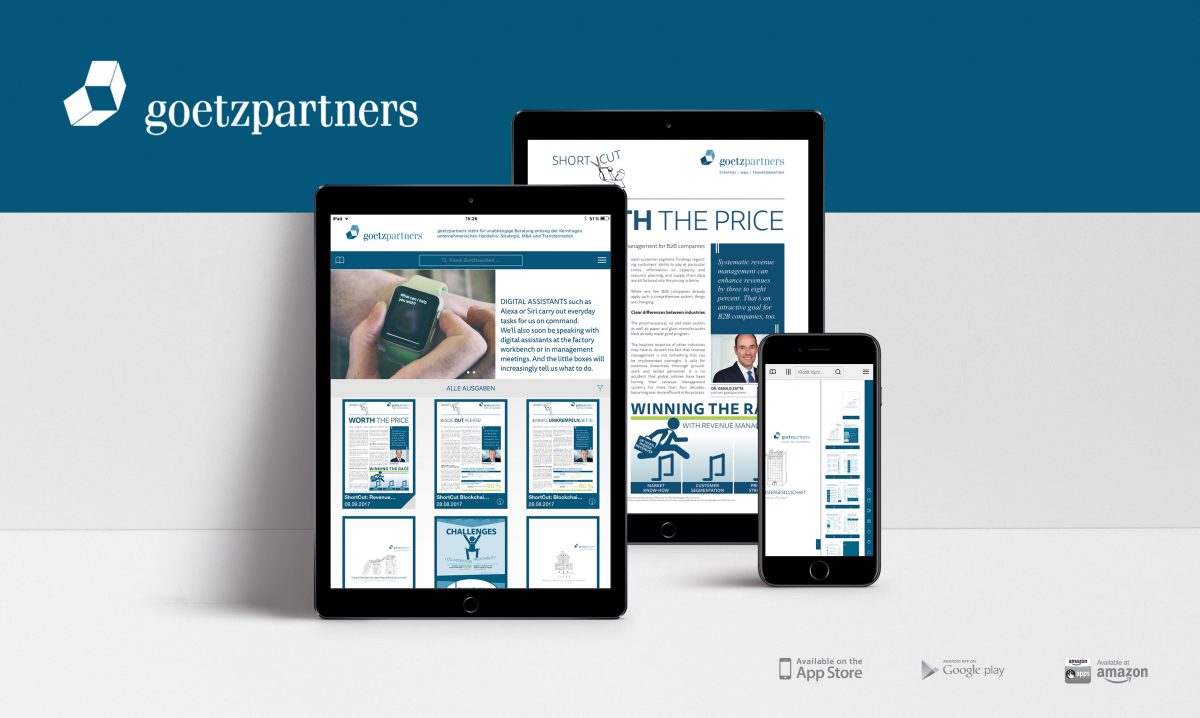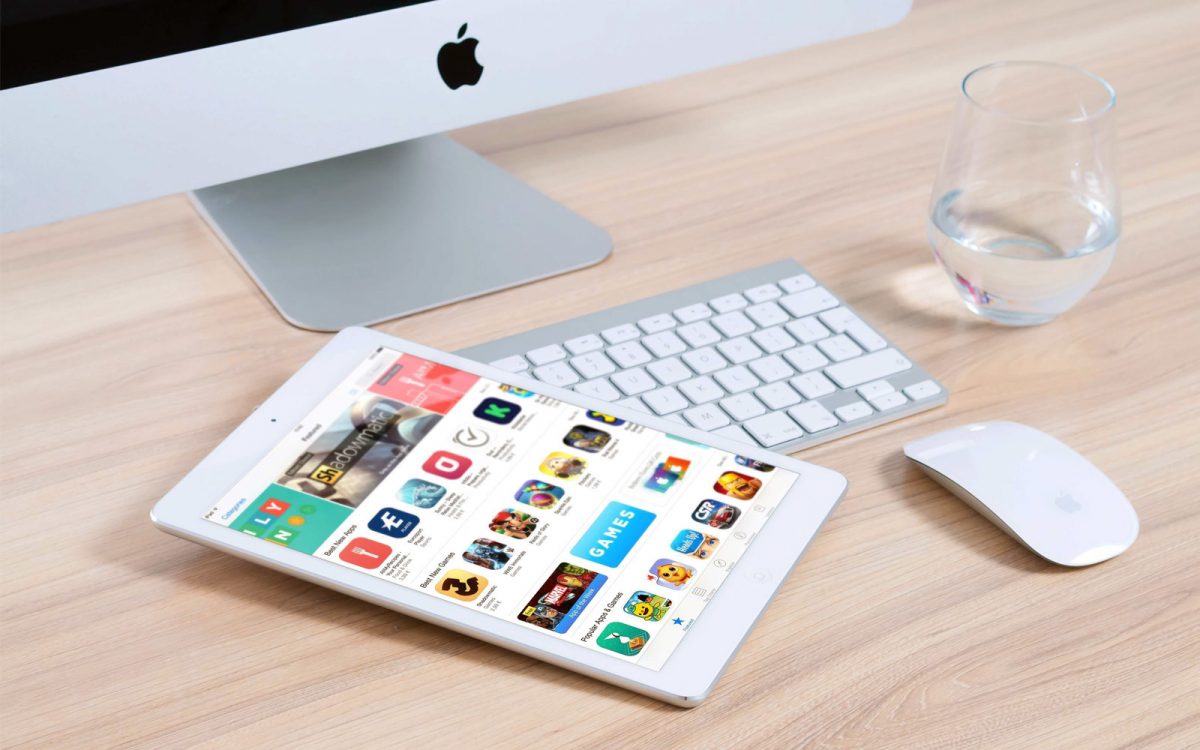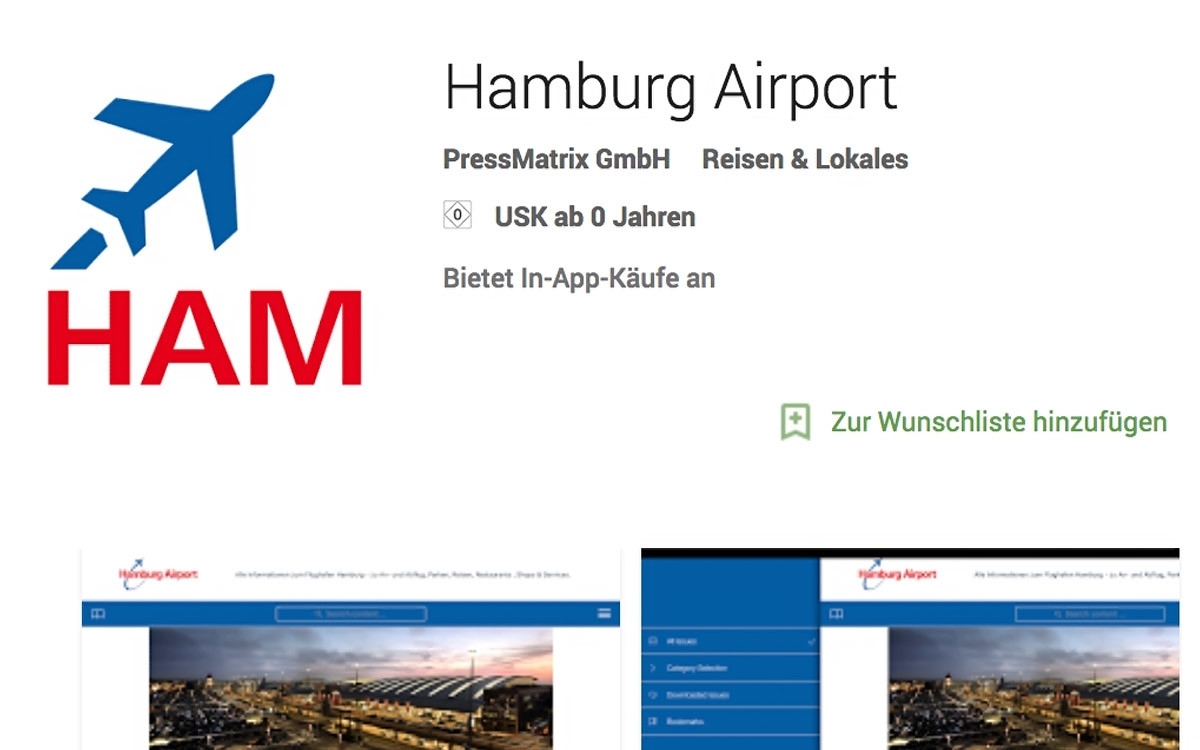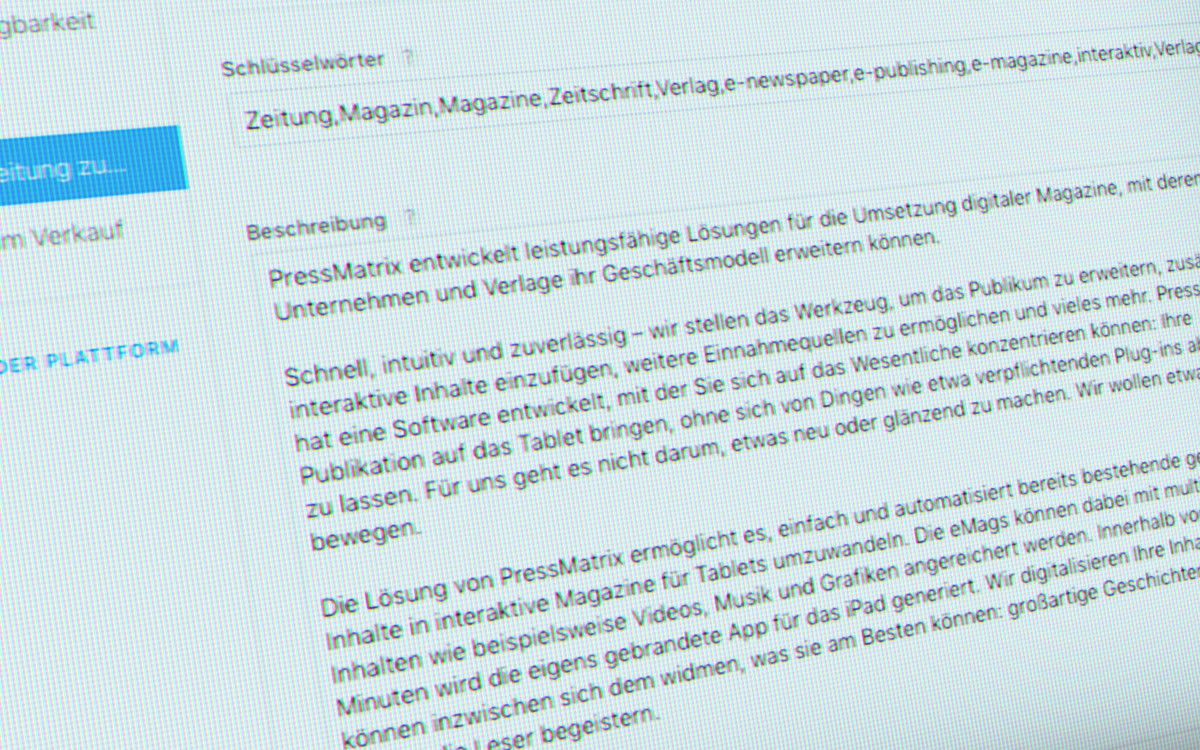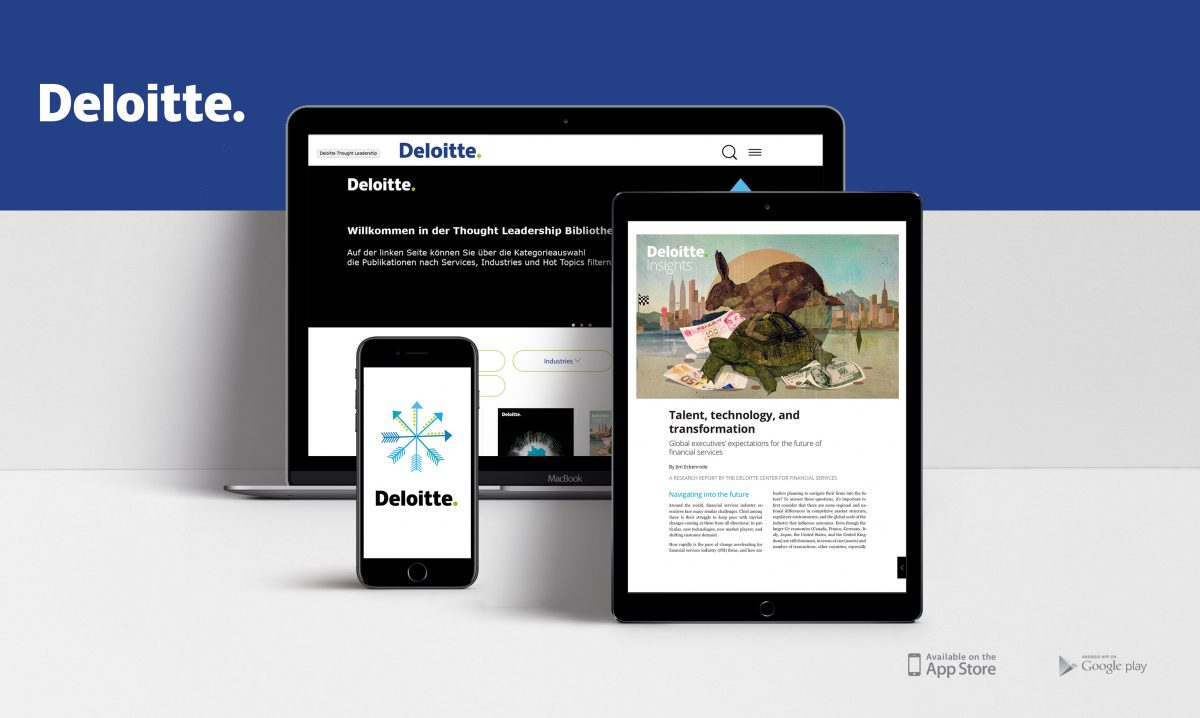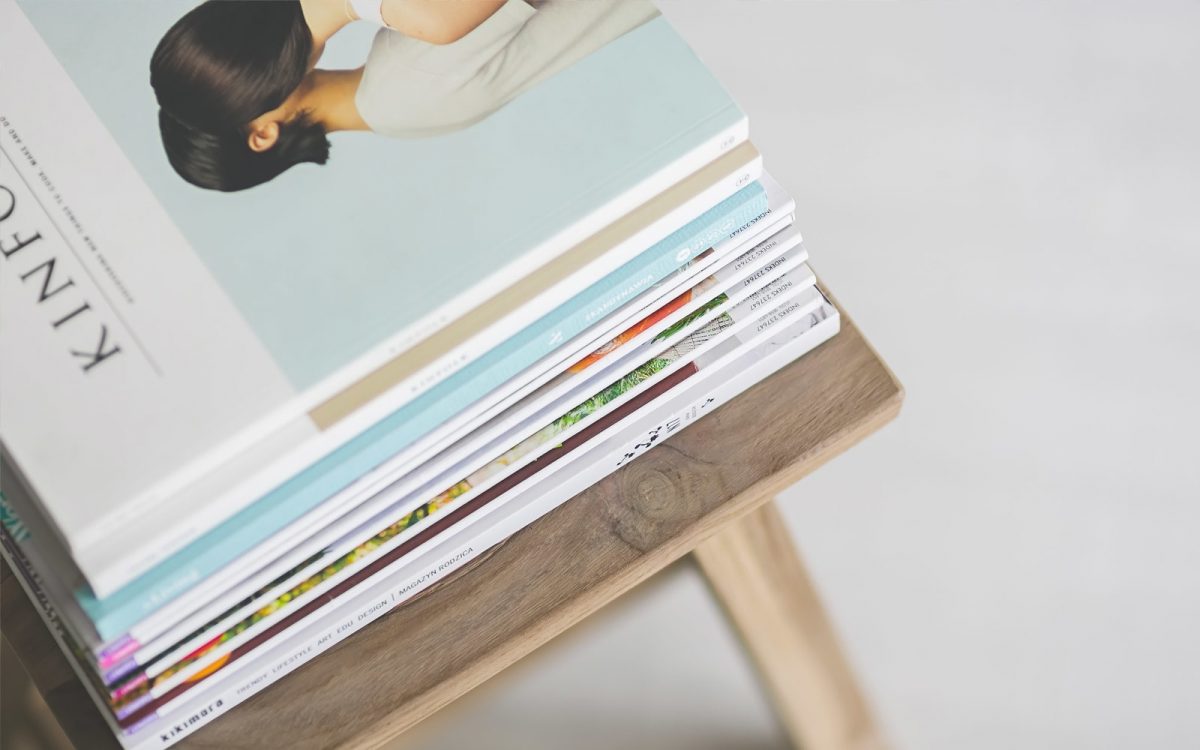Apps offer many ways to extend the reach of your magazine, increase sales or strengthen customer loyalty. But to achieve any of these, the first thing you need to do is let your readers and customers know about your app – and the best way to do that is with advertising. In this blog post, we’ll introduce you to some helpful tips for advertising your app and to consider in the planning stages.
Before the app is up and running
Regardless of whether you want to promote your app with a larger-scale campaign or with a few select ads and promotions, the first step is to establish a goal. You might want to increase app downloads, for example – say, to a certain number of downloads in the next three months – or boost magazine sales by a certain number within a set time period. The more precisely you define your target, the easier it will be later to see whether you have reached it.
Start planning your small ad campaign or “one-shot” ads before the app has been created or has gone live. This will give you the time you need to book ad space and brief copywriters and graphic designers.
Who uses your app?
Define your target group using a little thought experiment: Who reads your magazine and why? Why should they immediately switch over to a digital version? What advantage is there to doing that? Do you want your digital magazine to be read by other (new and different) readers? What does a typical day in the life of your reader look like? Questions like this – and, of course, the answers you find – will help you formulate messages and slogans, and decide where you want the ads to be placed. Make sure to coordinate your advertising messages across the different media that you use. This will avoid confusion among your readers and generate higher product recognition.

The agony of choice? Instead, let’s say: creativity knows no bounds
Now that you know your target group and have an idea of what you want to say to them, it is time to find the right advertising vehicle.
The classic print ad
Print ads are a simple but effective way to acquaint readers with your app. After all, print ads are noticed by 90 percent of readers and are perceived for an average of seven seconds. That leaves enough time to direct attention to your app or magazine ad. If you can, use full-page, visually compelling ads in your own and related media. And, most importantly, advertise your app in the magazine for which the app has been created.
Using QR codes, you can steer the reader directly from the ad to the app store. Some QR-Codes automatically recognize the type of device doing the scanning and guide it to the appropriate app store.
Digital readers, digital advertising
Magazine apps are perfect for attracting younger audiences and readers that largely consume media on the go. So it makes sense that digital ad spaces are the effective way to publicize your app. Publish ads on your website, blog and newsletter, and on social media. It’s also a good idea to use newsletters and websites that publish material related to your own. Do you have a fishing magazine? Why not rent a banner in an online fishing shop. You publish a medical journal? How about an ad in a blog that’s popular among doctors.
Just as in print ads, focus on graphic designs with relatively little text. In addition to pictures, you can integrate animations or even videos (showing how to use the app, for example) into the ad space.
Digital ads are also ideal for “customer journey” marketing. Use a simple link to steer users to an appealing landing page or directly to an app store, where you can offer them a free download of a special edition of your magazine and in so doing gain new readers.
Flyers, posters, and stand-up displays
It might sound old-school, but flyers, posters, and stand-up displays are still very effective. Using these standard outdoor advertising media, you can reach readers where they regularly spend time. This is where the “day in the life of the reader” thought experiment comes into play, and you can extend that experiment in a variety of ways. Where do your readers work? How do they spend their free time? Where do they go shopping? The answers to these questions will give you a feeling for where to place your material.
Stand-up displays in cafés located near shopping malls or at the next Fashion Week are great for lifestyle and women’s magazines. Advertising for a business magazine app, on the other hand, is better placed in the first-class compartments of high-speed trains. A good approach for customer and employee magazines are stand-up displays at trade fairs, conventions and conferences.
When employing this type of advertising, special attention should be paid to the images used. The visuals should be easy to understand and appropriate for the target group. In terms of size, the product should occupy ten to twenty percent of the poster, ensuring that the ad communicates your message effectively, even from a distance. Use QR codes to steer users directly to the app.
Actively promote your magazine app and increase exposure
You’ve seen it before – students in colorful outfits handing out flyers or samples, or chatty salespeople tempting potential subscribers with the latest newspaper or magazine issues. Promotional campaigns are often garish and loud but they are effective. You don’t have to give away thousands of copies of your magazine at some random location, but a special edition for your next sponsoring event or at a trade fair will gain you future readers. If you take the digital approach, you can publish the offer in your app and save printing costs.
You can also extract specific content or articles from your publications and distribute them digitally for a variety of occasions. Call on your readers and the public to submit content themselves or report live on an event. You can then present exclusive coverage of the results and winners in the app.
Guerrilla marketing events are also popular. They range from well-placed posters and print ads to conspicuous objects and participatory events. You have countless options, but whichever one you take, it should fit in with your magazine topics and your corporate image. Your app doesn’t have to be the main focus of the ad. Referencing it with a logo or linking to it with a QR code suffices. You can find great ideas and inspiration on this blog.
Conclusion
Hopefully, this introduction has helped you see that there are many ways to advertise your app and draw the attention of potential readers. Just take an hour and do some brainstorming – either alone or in a team – and then discuss your ideas. Make sure to take your other ad campaigns and any special events into account. And remember, you don’t need to do all your advertising at once. Try a more dramatic approach and take the customer on a marketing journey that starts with a somewhat cryptic but intriguing attention-getter and then, once the reader has become curious, gradually reveal the product. Ideally, you would offer a magazine issue, or some premium content, free of cost in the app.
How to make for a good App Store appearance, read here.
